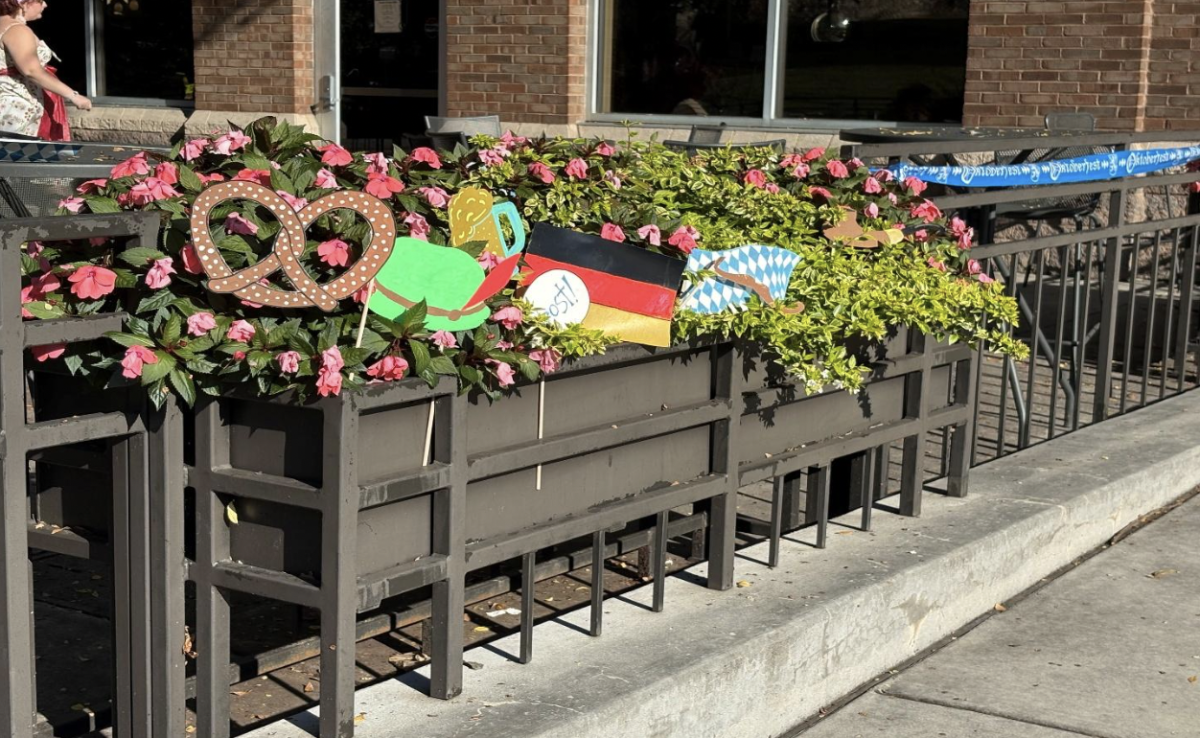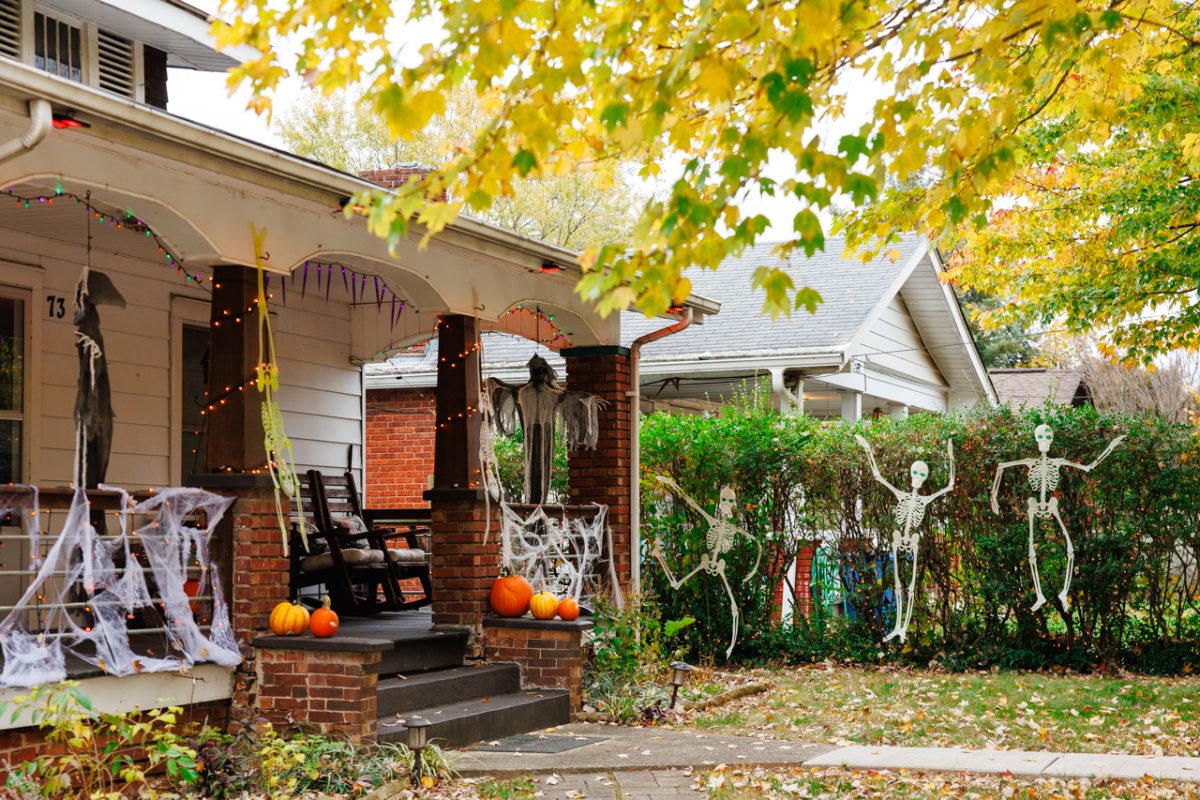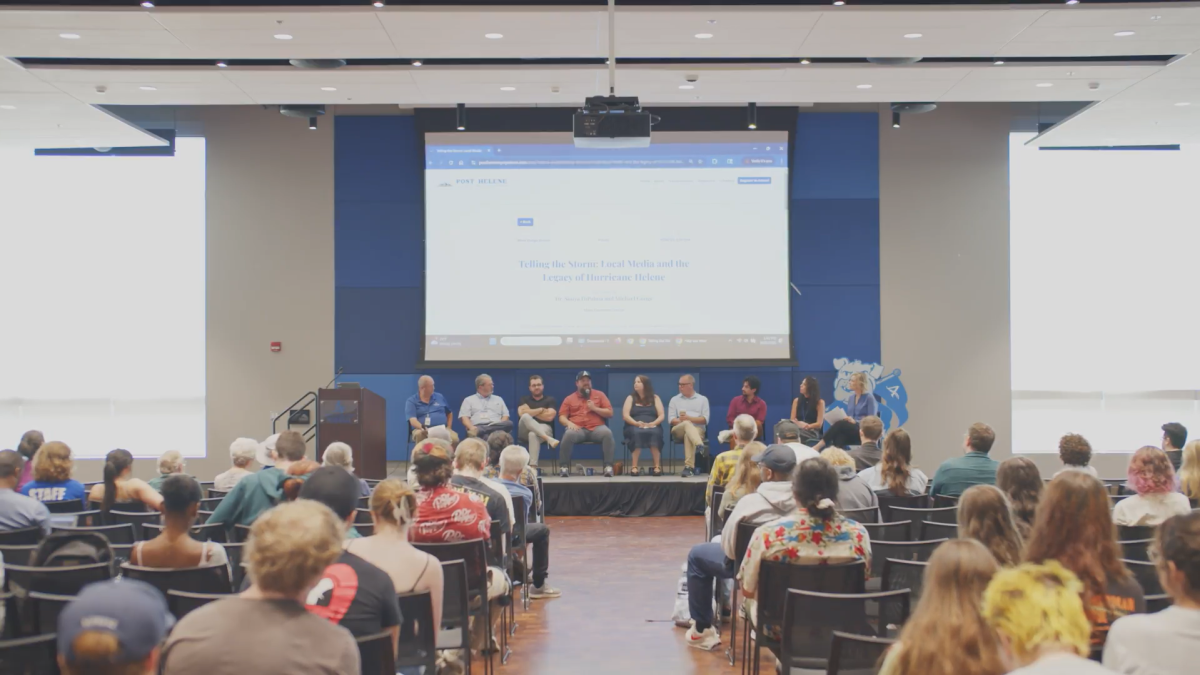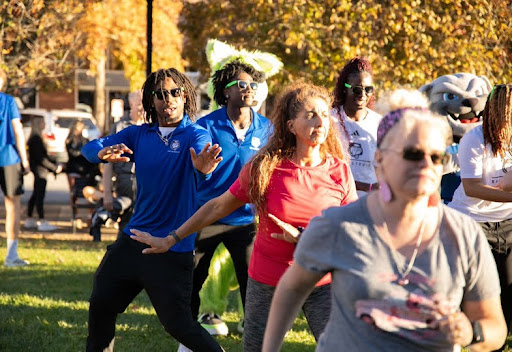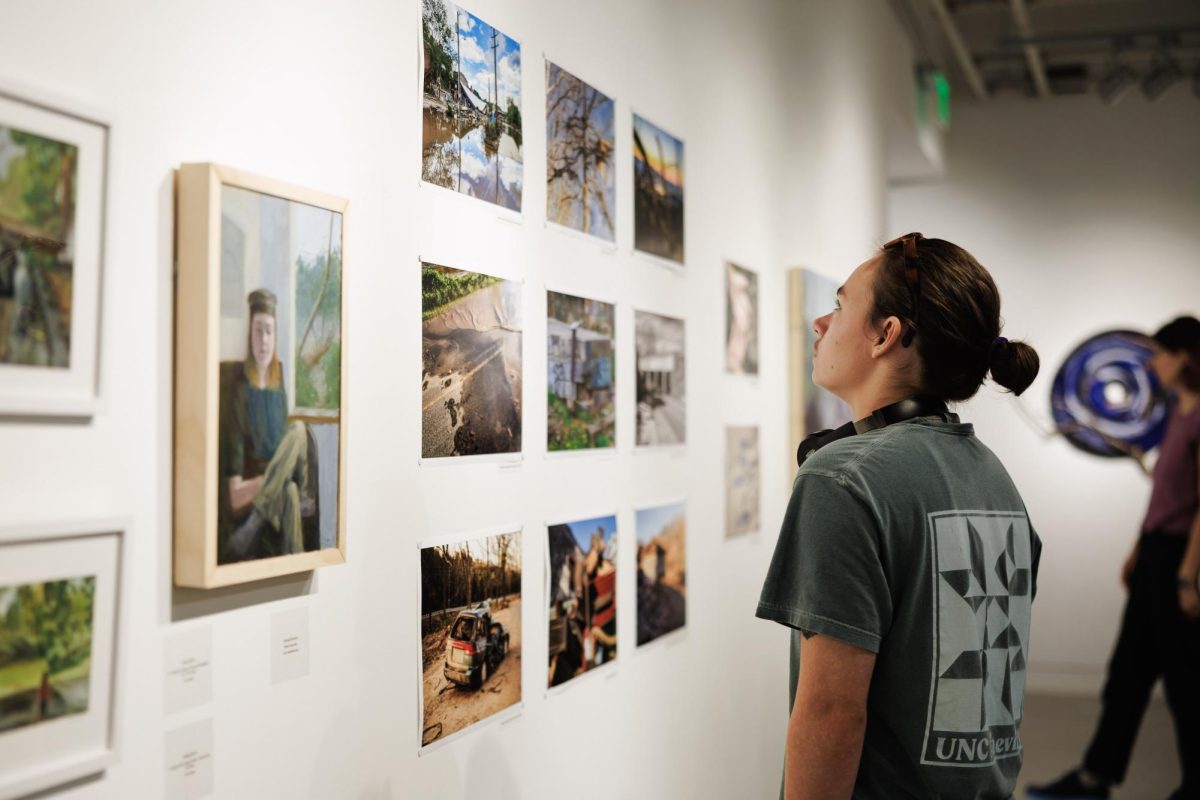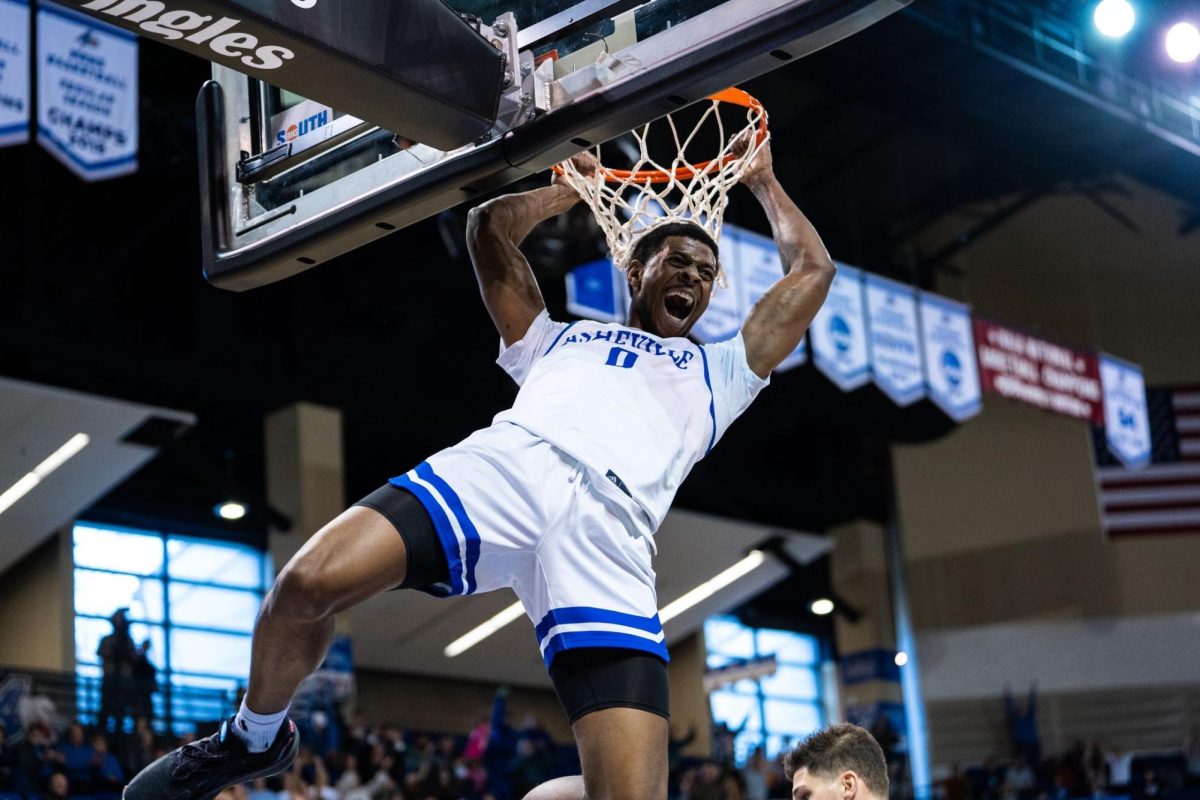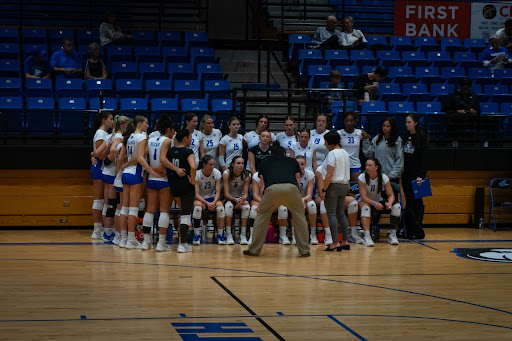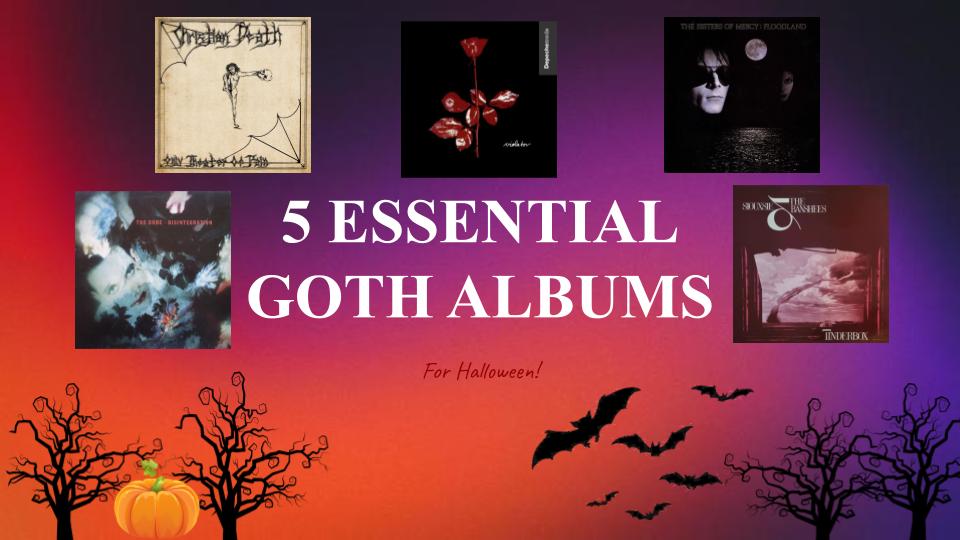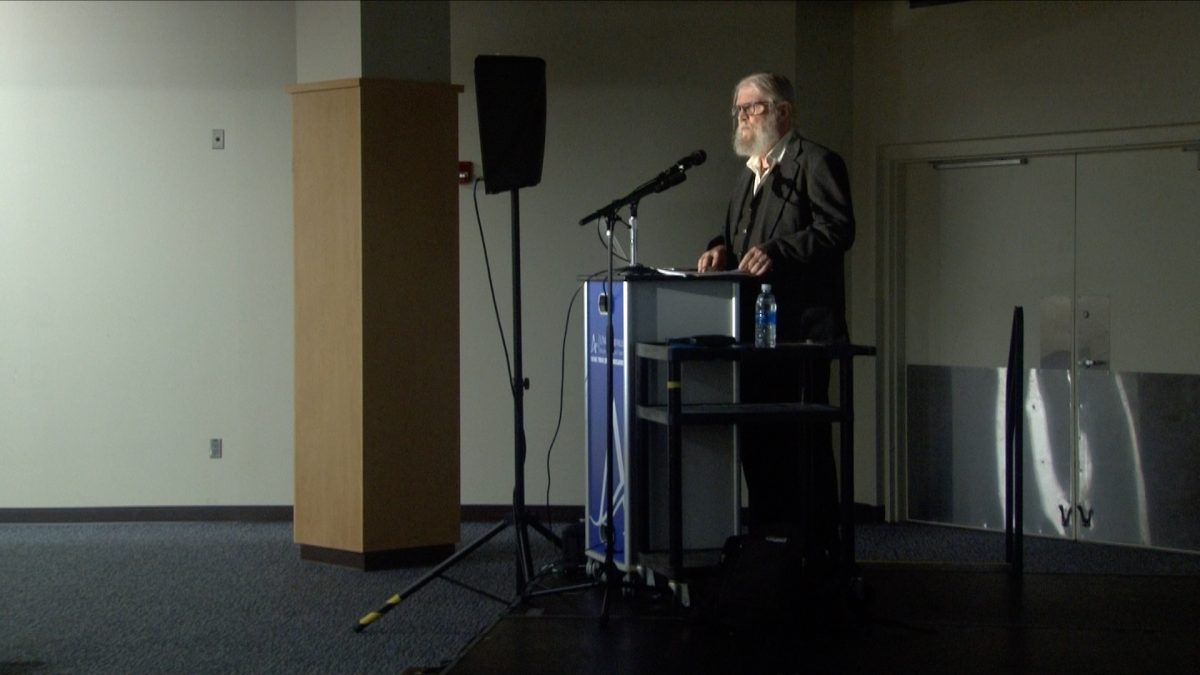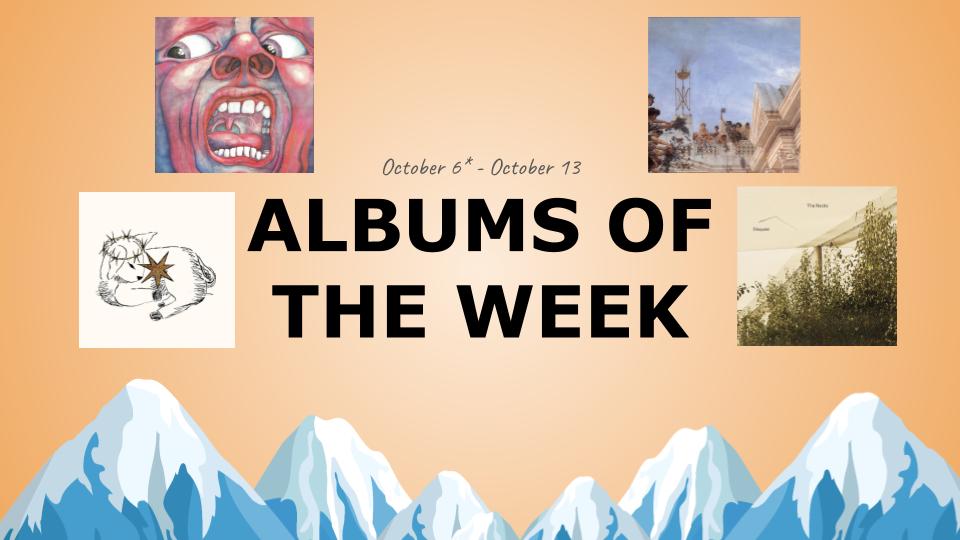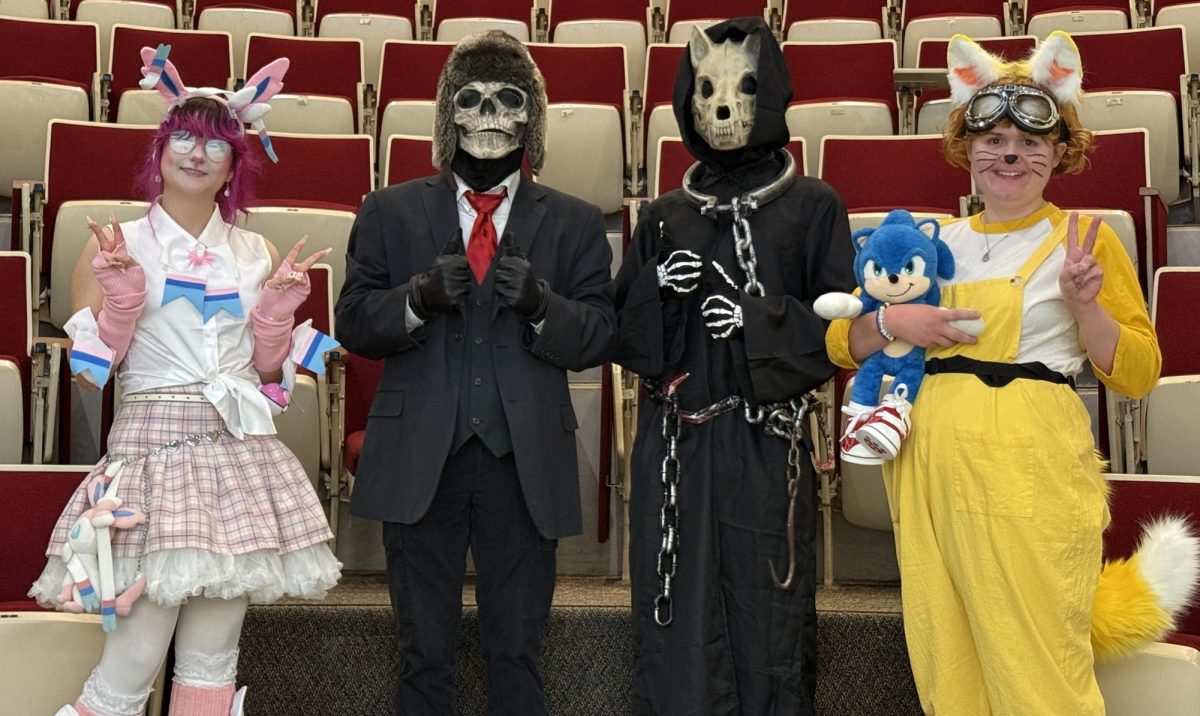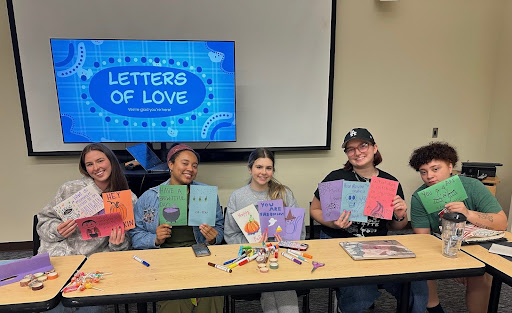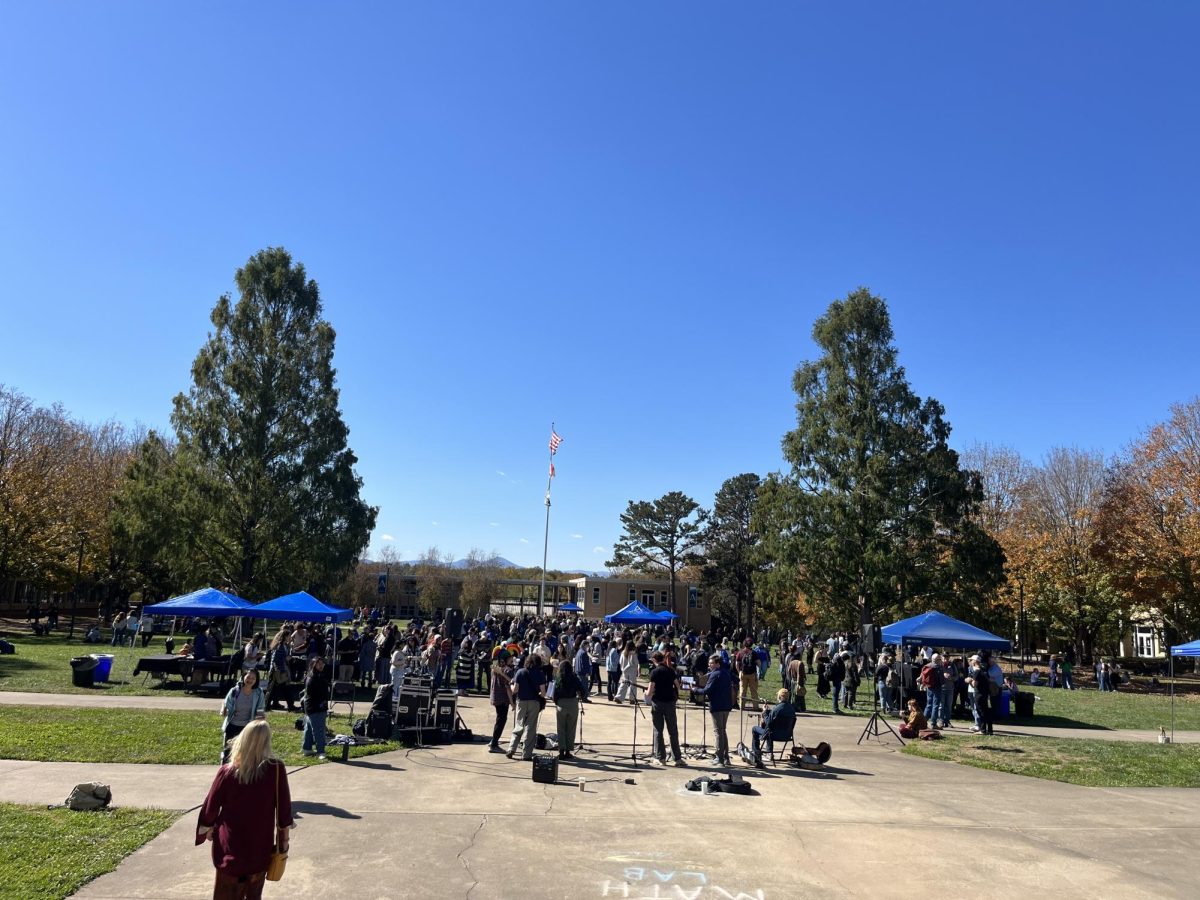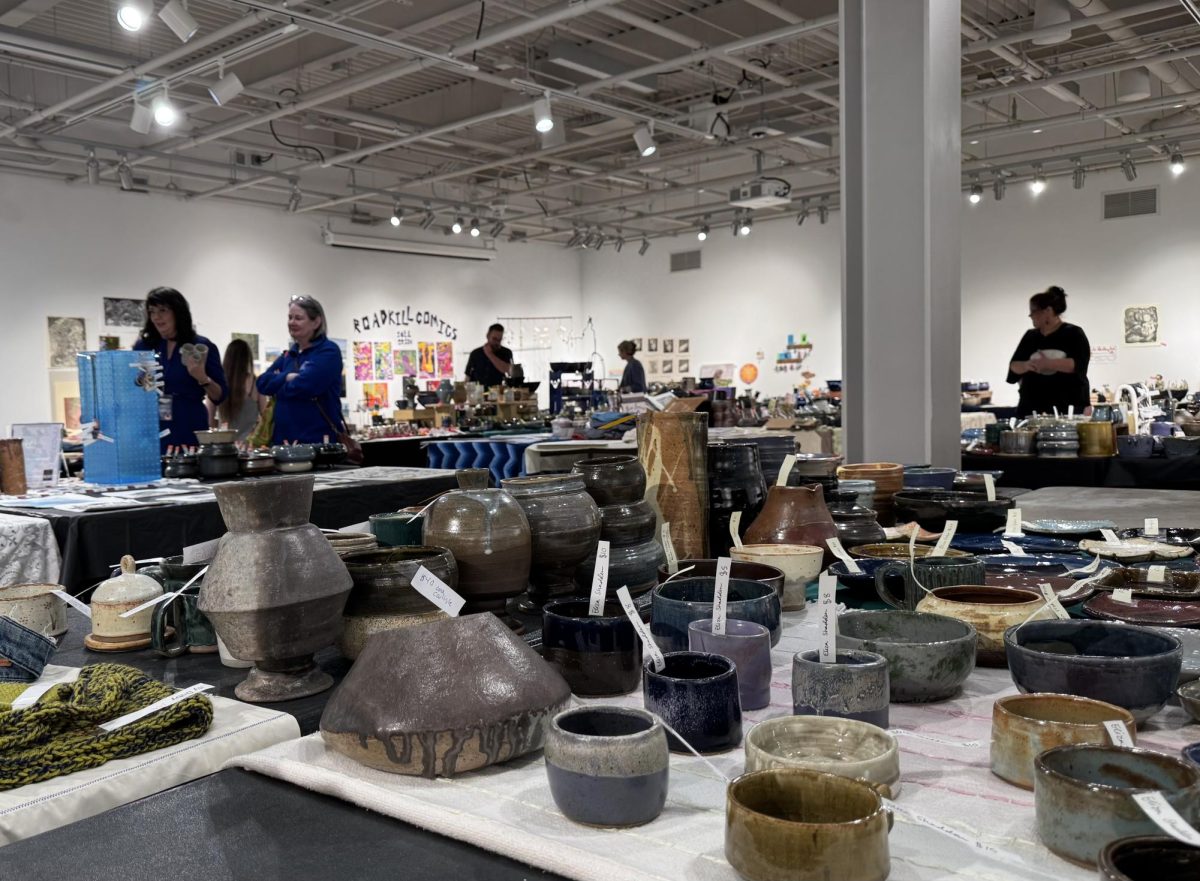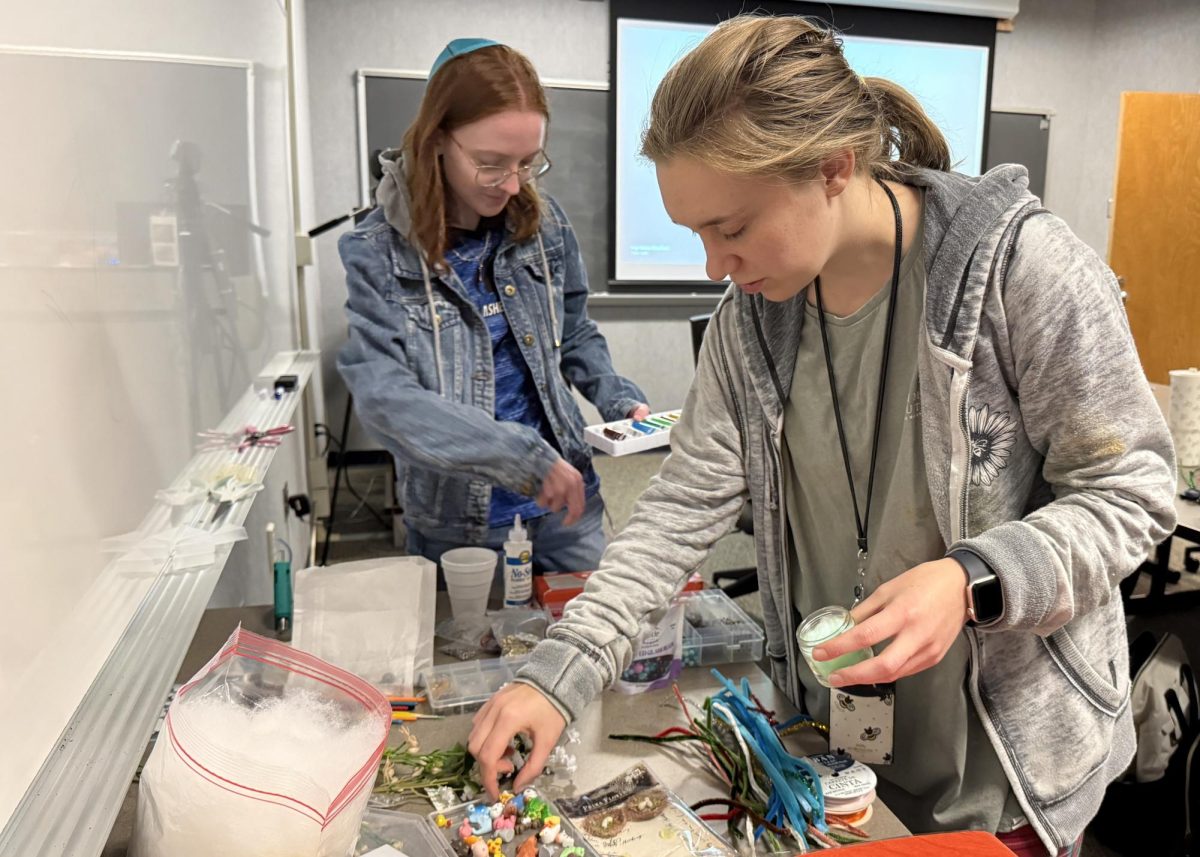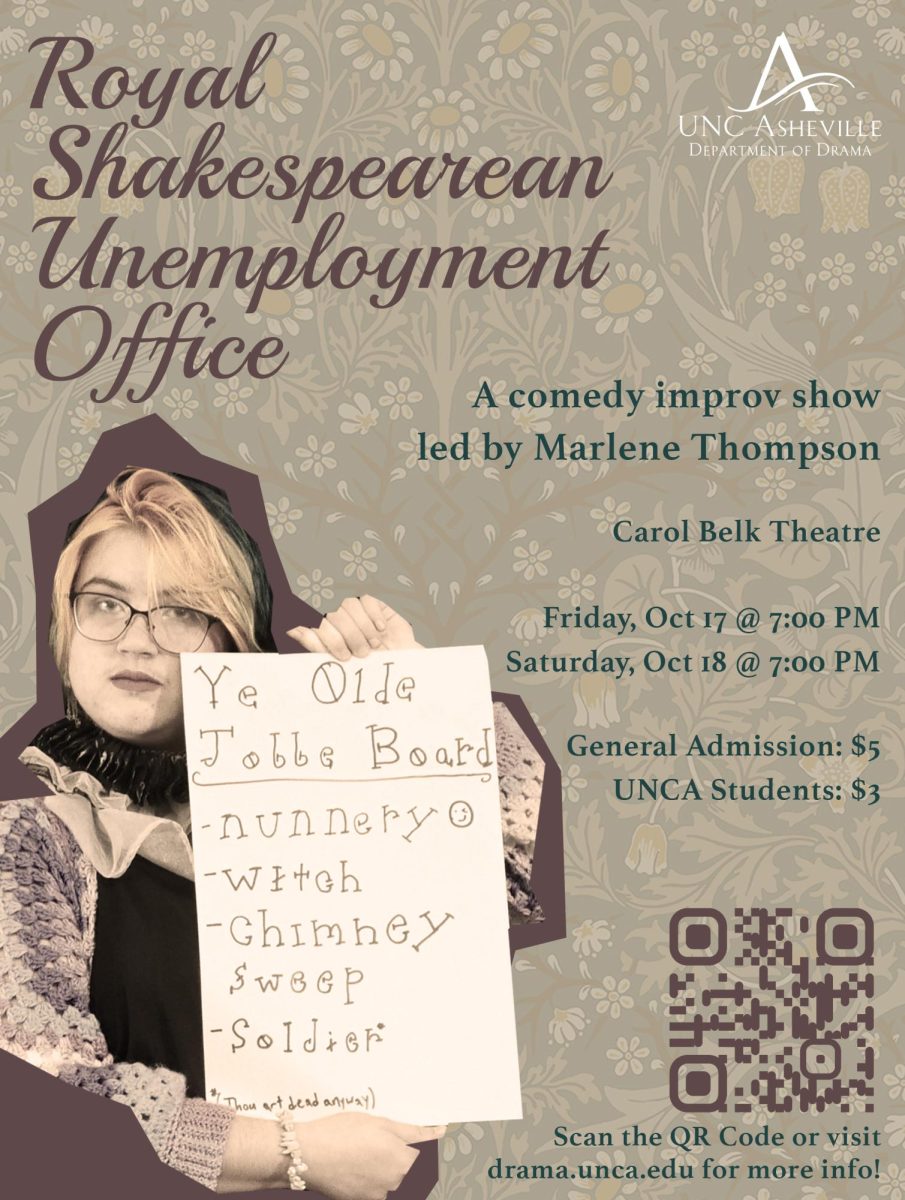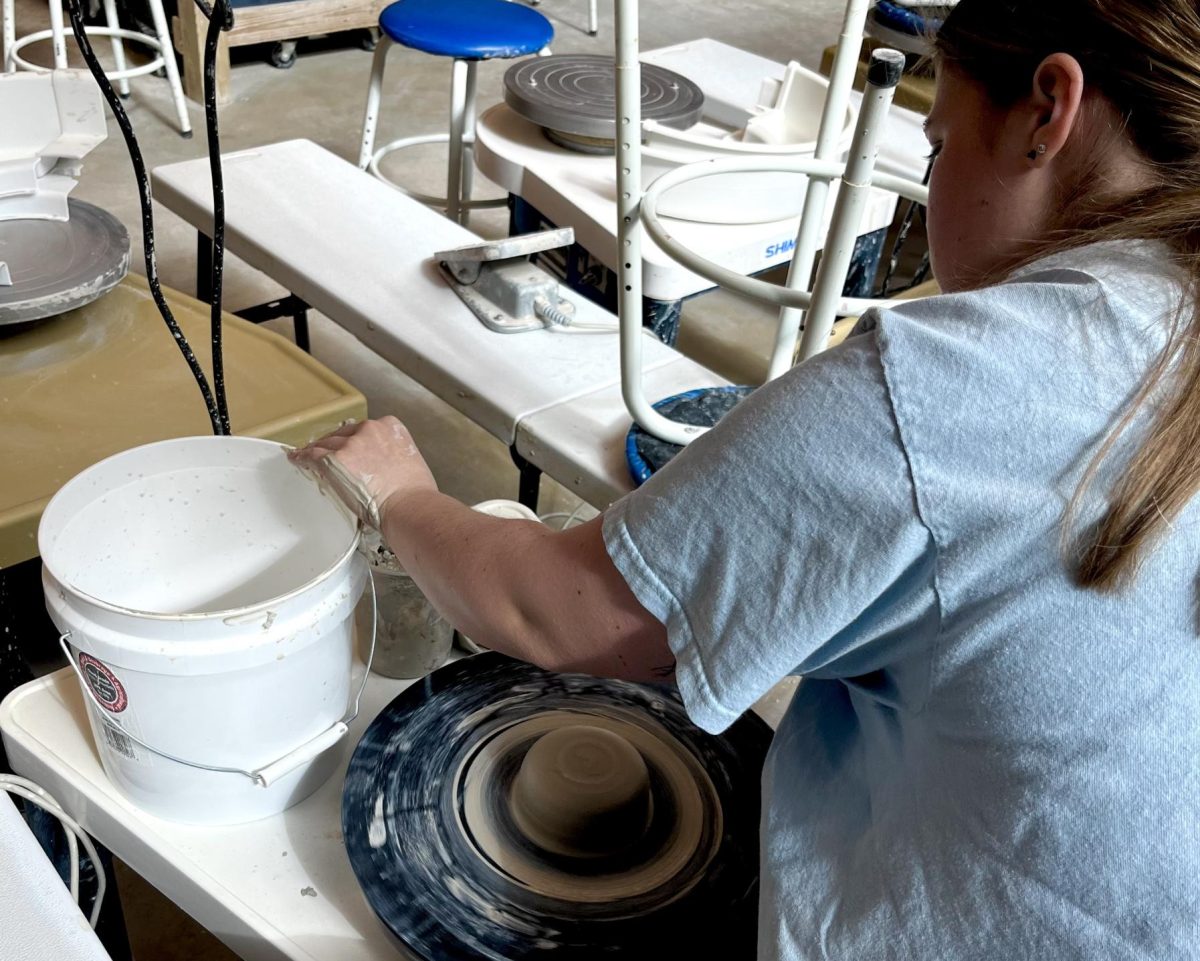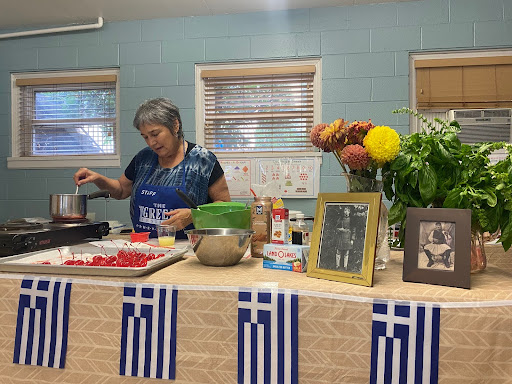At a time when many departments at UNCA face year-over-year enrollment declines, the Art Department’s numbers surged. Since 2021, art major enrollments have increased by a remarkable 63%, an upswing that starkly contrasts broader institutional trends. This growth didn’t happen by chance. It’s the result of a department-wide effort fueled by innovation, outreach and relentless faculty dedication.
“You can sit and cry about something, or you can stand up and do something,” said Tamie Beldue, art department chair and professor of art.
While student recruitment typically falls under the Office of Admissions, the Art Department took a different approach under Beldue’s leadership. Recognizing that no one could better advocate for their program and eager to showcase the newly renovated Owen Hall, the faculty promoted the department’s strengths and drove its growth.
One of Beldue’s most impactful initiatives involved leading the faculty in reviewing a database of more than a thousand schools to connect with regional high school art teachers. The team then designed, printed and mailed posters highlighting the department’s programs and opportunities directly to these teachers.
“We wanted it to go to the art teacher, so they would hang it on the wall. We envisioned the student spending time in the art room, daydreaming, looking at the poster of our building, imagining themselves in that building,” Beldue said.
Beldue said she saw high school art teachers as one of the most effective avenues to reach future university art students, and the art faculty willingly did the work needed to get the department’s marketing materials into their hands.
“We printed the posters. We rolled them. We had a poster-rolling, tube-stuffing, labeling and taping party,” Beldue said. “We sent those out directly to art teachers because we didn’t want it to go to the guidance counselor. You know, that would be in the hands of somebody that’s probably receiving materials from at least 50 schools a day.”
According to Beldue, the group’s efforts went well beyond mailing posters. Responding to the university’s website limitations, the department built an external website showcasing vibrant imagery of student work, faculty projects and past exhibitions, an essential tool for attracting students in a visual field.
“The university website did not allow for images,” Beldue said. “Which makes it really hard for an art department to do outreach.”
The new website gave the department full control over its presentation, allowing it to highlight student exhibitions, feature faculty research and showcase visiting artists’ lectures. Beldue said the new website made it easier for prospective students and their families to get an authentic sense of the department’s energy and professionalism.
Beldue recalls a time before faculty-led fundraising efforts when the department operated with mismatched furniture and outdated, often broken equipment. Today, the building boasts matching easels, upgraded tools, and well-ventilated studios that allow students to safely explore sculpture, painting, and multimedia work.
“We received a grant from the Windgate Foundation that allowed us to get all new furniture and equipment,” Beldue said. “For us to actually walk in the studio and have 16 easels that actually match is great. It’s just such a great place to be and work and teach, and it’s very inspiring for our students.”
According to Beldue, the Windgate Foundation has funded the art department with more than $2.15 million over the past five years.
Brent Skidmore, professor of art and art history and public arts and humanities chair, also credits the faculty’s grassroots recruitment efforts.
“We’ve really emphasized doing our own recruiting,” Skidmore said. “You want to at least try to develop relationships with art teachers in high school, specifically those who have looked at our program recently – identify where our best students are coming from. You want to go have a talk and make connections with those folks.”
Skidmore’s goal is to create long-term pathways from high school art classrooms to UNCA’s studios.
“We basically do all the calling out to get the students here. In doing those, we know we can get people here because they experience the faculty in person, and not only that, they experience the building in person,” Skidmore said.
Through impromptu building tours, framed student “spotlight profiles” hanging in the hallway and organized events, the department maintains a year-round recruiting presence. One such event, Owen Hall Day – featuring alumni panels, tours and portfolio reviews – has proven especially effective.
“In the spring semester, we host Owen Hall Day in collaboration with New Media. They send out invitations to prospective students, admitted students, and high school teachers who want to bring students and their families,” Beldue said. “It has been extremely robust for us. Of the students who came that day, 75–80% were enrolled the next semester.”
Senior painting major Lindsey Manning, a transfer student to UNCA, said she was struck by the department’s new resources and facilities when she first encountered them.
“When I came here, it was magical,” Manning said. “We have amazing art-related utensils and tools that I thought I would never be able to use. So it gives artists a lot of opportunity.”
Manning emphasized that it’s not just the state-of-the-art facilities but also the culture that makes the department thrive.
“The professors here get to know you, they get to know what you want to express,” Manning said. “In an art field, I think that matters a lot.”
Bringing students in is only half the equation, according to Beldue. Keeping them is where the Sonder mentorship program comes in. Pairing upper-level art students with newcomers, the initiative creates an inclusive, empathetic culture from the start.
“We started a peer mentorship program in our department called Sonder where we reach out to incoming students to make them feel like there is a community in this building – to make them feel included,” Beldue said. “We have an event coming up, which is the Sonder Family Reunion and a scholarship and award ceremony. It’s going to have a big picnic-style family reunion feel, including a cornhole tournament where faculty will pair up with students.”
Other community-building events, including blanket camping nights and s’more-making, occur throughout the year. One of the department’s most popular events, the Owen Hall birthday party – complete with a piñata, pizza, cupcakes and party games – recently celebrated its third year.
“Instead of ‘pin the tail on the donkey,’ we did ‘pin the pearl earring on the Vermeer,'” Beldue said.
Beldue emphasized these events aren’t just fun. They’re carefully designed to foster belonging. According to Beldue, a student who feels connected to faculty, peers, and their creative community is more likely to stay, succeed and develop a lasting identity as an artist.
Beldue and Skidmore both emphasized how the department’s success depends on going well beyond what’s expected.
“It’s to the faculty’s credit, really. I cannot say enough about my colleagues – how hard they worked on all of these events, all these initiatives, all the renovation, everything,” Beldue said.
At a time when university leaders faced cuts, consolidation and declining enrollment, UNCA’s art department demonstrated that collective effort and intentional action, while not easy, can drive meaningful growth.
“People, specifically faculty, have to take an initiative to do more work than they’re paid to do and continue to do more work than they’re paid to do – to build and work together,” Skidmore said. “This department has never worked as well as it works now.”
